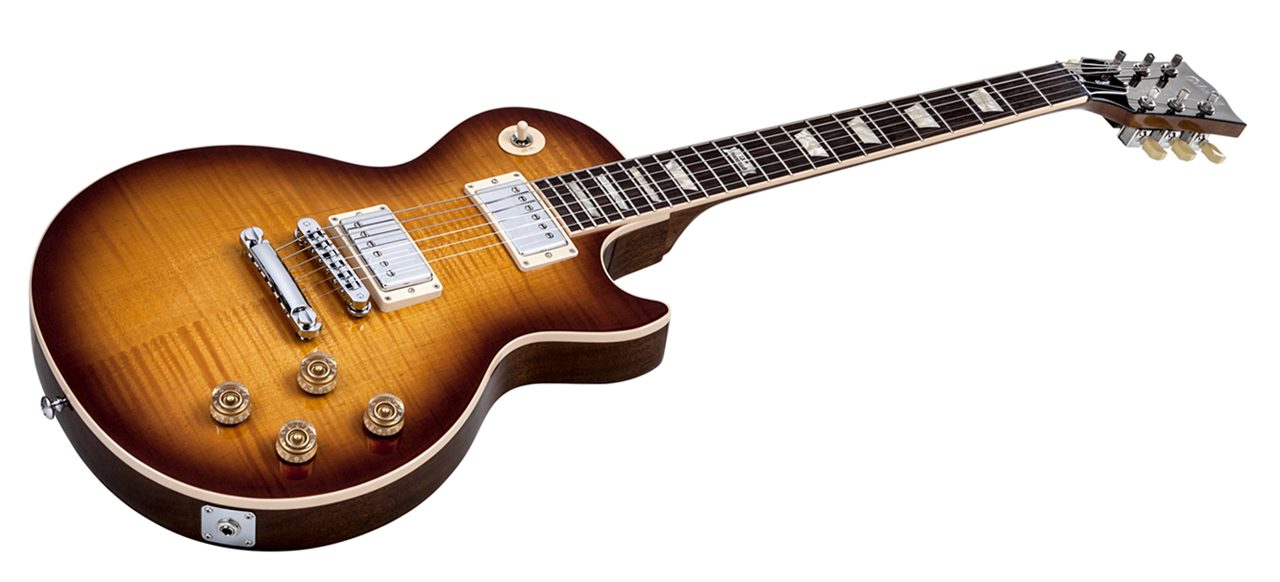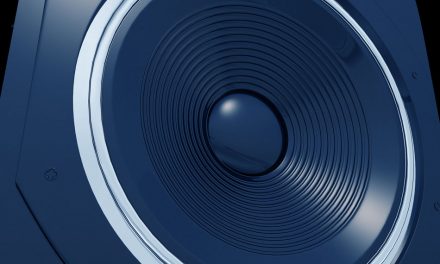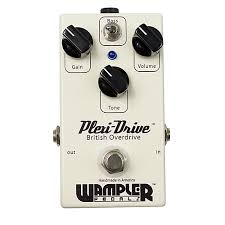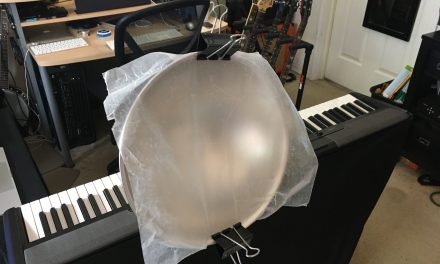No. Mostly. Gibson Les Paul guitars are not a “rip-off.” Google definition of “rip-off:”
“a fraud or swindle, especially something that is grossly overpriced.”
Let’s do the…
Math
It’s practically impossible to get actual numbers for something like a Gibson Les Paul, so we have to use some ballpark industry figures. Keep in mind these are educated guesses. Let’s take a $1,000 bottom line Gibson Les Paul – this would be maybe a “tribute” series or something similar, with a thousand dollar list price that will sell for $799.99. Yes, I know, the list and price would probably be higher, but I’m shooting for easy math here. Pretend it’s 2014.
So the list is $1,000, and the dealer sells it for $800. The dealer probably paid $600 for the guitar, but the shipping, handling, storage, etc might add another $100. So now they’re making $100 on the sale, but we have to remember the seller has to pay rent, utilities, employees, taxes, and on and on and on. So it’s not like the dealer is making huge bank. If they’re a huge dealer maybe they can get the guitar for $500 instead of $600, so that would help, but huge dealers have huge expenses, so there’s that.
If Gibson is like other guitar companies, they’ve gotten the cost down to between $200 and $300 to make the guitar. But they also have to pay the sales rep, and they have to pay for all the huge business costs that huge businesses have.
Stop there. If you want a custom builder to build you an exact replica of a 2014 Gibson Les Paul 60’s Tribute, you’re probably going to pay 2 to 3 grand for it. At the “low” end of the great guitar market, companies like Gibson and Fender have a huge advantage over the small boutique builders.
Looking at the worst case figures in this guesswork, Gibson would make the LP Tribute for $300 and sell it to a dealer for $500, and they’d have to pay their sales person a commision for the sale, plus you have the overhead of a big business. They’re not making a killing or anything.
What about a Gibson Les Paul that sells for around $3,000?
This is where Gibson can make some serious profit. We can guess the numbers. You use some prettier wood for the cap, which is slightly more expensive. You have to spend more time on the guitar because of the binding, and the painting process is more expensive. You probably spend a little more time examining this guitar. But your costs don’t go from $300 to $900. More likely something like $300 to $450. The rest of the math goes like this: The dealer pays around $2,000 for it, the shipping/storage costs are the same, so they make maybe $900 on the thing. Gibson probably makes $1,500 off the thing. NOTE – I’m wagging these numbers (wag = wild ass guess.) Gibson doesn’t release their numbers because very few companies do.
What about the higher end Gibsons? Like the custom shop stuff? How about a $6,000 Custom Shop Les Paul? The costs to Gibson go up tremendously because they have to pay expert guitar makers to do stuff by hand that’s normally done by an assembly line person. And the hours add up oh so fast. And if you’re one of the best guitar makers around, you’re getting a crazy high hourly rate. So the business numbers I could guess go out the window.
IMPORTANT – I’m guessing at all of this stuff. But my guess is that Gibson isn’t making a lot more money per guitar than any of the other big American companies (Fender, PRS.)
However…
There is one detail that MUST be discussed. The biggest difference between a $1,500 Studio and a $3,000 Standard is… looks. Some might say that a Standard is a $1,500 guitar with $1,500 worth of Pretty attached to it. And I’d be one of some. You’re paying for prettier wood, prettier paint job, pretty binding, and more quality control in terms of looking for little defects in the appearance of the guitar. Some might argue that the tone of the mahogany they use in one guitar is better than another, but I wouldn’t agree. You’re not getting a better sounding guitar – just a prettier one. Some might argue that binding makes a guitar more playable. I’m not some. But I can see where that might be true for some players. Point taken. But overall, you’re paying for looks.
But that is STILL not a rip-off. You KNOW you’re paying for looks. It’s part of the reason you’re buying it. People who buy Standards want that look. But are Gibson overcharging for it? Not necessarily. The better looking wood does cost more money, and so does the paint/finish job, and so does the binding and extra detail. Just because I’m not willing to pay double for a stunning looking guitar doesn’t mean it’s not worth it. It’s just not worth it to ME.
But there’s something about a Gibson Les Paul. The feel and the sound are unique. And that’s why I have two of them hanging on my wall right now. Both Les Paul Tributes, bought used, of course.





